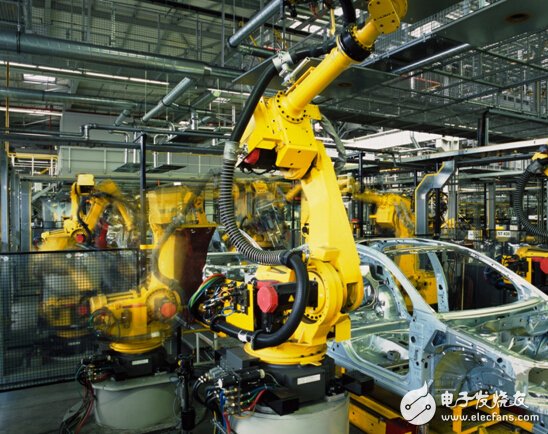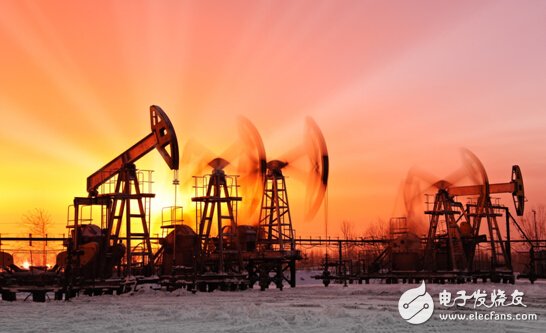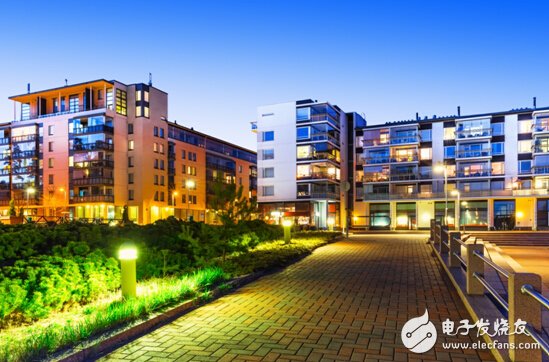The Internet of Things has always been a fashionable topic and a paradox for the future of mankind. Some countries have promoted it as a national strategy, such as: European Industry 4.0, Made in China 2025, American Industrial Internet of Things. All of this is to promote the rapid development of the Internet of Things and to build a fully connected world. At the RAN plenary in September 2015, 3GPP determined NB-IoT as the only standard for narrowband cellular Internet of Things. The drive of policy and the maturity of technical standards mean that the Internet of Things market will usher in new prosperity. In the next 10 years, the Internet of Things market will be huge, with an annual compound growth rate of 30%. By 2025, the number of Internet of Things connections will reach 30 billion.
Diversified industry terminals and ubiquitous network coverage make life and industrial production smart. Among them, industrial production and smart parks will be the core objectives of the Internet of Things. According to the 2015 Gartner report, 52% of the IoT network will be built by enterprises in the future, and the Internet of Things will be widely used in vertical industries to help us build smart factories, smart energy, smart communities, smart transportation and so on. These IoTs are mostly used in parks where the terminal is dense, the number of connections is huge, and the terminal data information is frequently collected. The following are several typical IoT scenarios:
Warehouse logistics management in the park:
There are three links in the warehouse logistics in the park: the logistics of trucks, transit warehouses and production workshops in the park. In order to ensure that inventory assurance in warehouses and production plants is at a reasonable level, supply chain management needs to know the materials in these three places in real time. In the traditional artificial scene, it is necessary to manually detect and replenish the materials. Since there is no perfect positioning system, it is necessary to rely on manual to find the position of the material. Therefore, the shortage of material supply often leads to the suspension of the production line, which greatly reduces the efficiency. However, through the IoT technology, the terminal electronic tag is installed on the material box, and the material type and location information can be reported in real time, so that the warehouse storage logistics can be efficiently managed.

In smart assembly:
Embed electronic tags on production line equipment through IoT links, which can upload device status and positioning information in real time, fully control equipment health information, provide a basis for predictive maintenance plans, improve production management capabilities and efficiency, and realize visual production; Uploading energy consumption data can dynamically grasp the power consumption situation and save energy and reduce consumption.

In the energy industry:
Through the IoT gateway, the parameters such as oil pressure and oil temperature of the drilling platform can be transmitted to the central control room in real time to ensure real-time monitoring of the drilling platform and ensure the safety of production operations; the open pit mine is usually in a remote area, the pit is deep and the area is large, and the vehicle passes through The operation status is monitored, the vehicle is positioned and controlled, and the pit slope parameters are reported for remote safety production.

In the smart community:
By installing the terminal module in the water meter, electric meter and gas meter of the community, the information can be read in real time and the environmental parameters of the cell can be detected. By receiving the signal of the base station, the module can wirelessly upload the terminal data to achieve smart meter reading. In addition, it can also be used for intelligent control of home appliances and parking spaces.

Huawei's leading ICT solution provider Huawei can provide end-to-end eLTE-IoT solutions: On the terminal side, Huawei can provide modules for various industry terminal integration, and can integrate third-party high-precision positioning solutions to meet Industrial scene business needs. On the access side, the eLTE-IoT base station can be developed to achieve wide coverage and large connectivity. At the same time, the eLTE-IoT module can be provided to the partner, the open interface of the eLTE-IoT core network and the service platform to the customer. In addition, it supports the standard IoT protocol for docking multiple application platforms. Huawei adheres to the vision of enriching people's communication and life, and persists in continuous innovation around customer needs to jointly meet the new era of Wisdom!
Wall Pack Outdoor Fixtures,140Lm/W Wall Pack Lighting,UL CUL 60W Wall Pack Light,Rotatable LED Wall Pack Light
Vietnam JJ Lighting Company , https://www.vnjjlighting.com